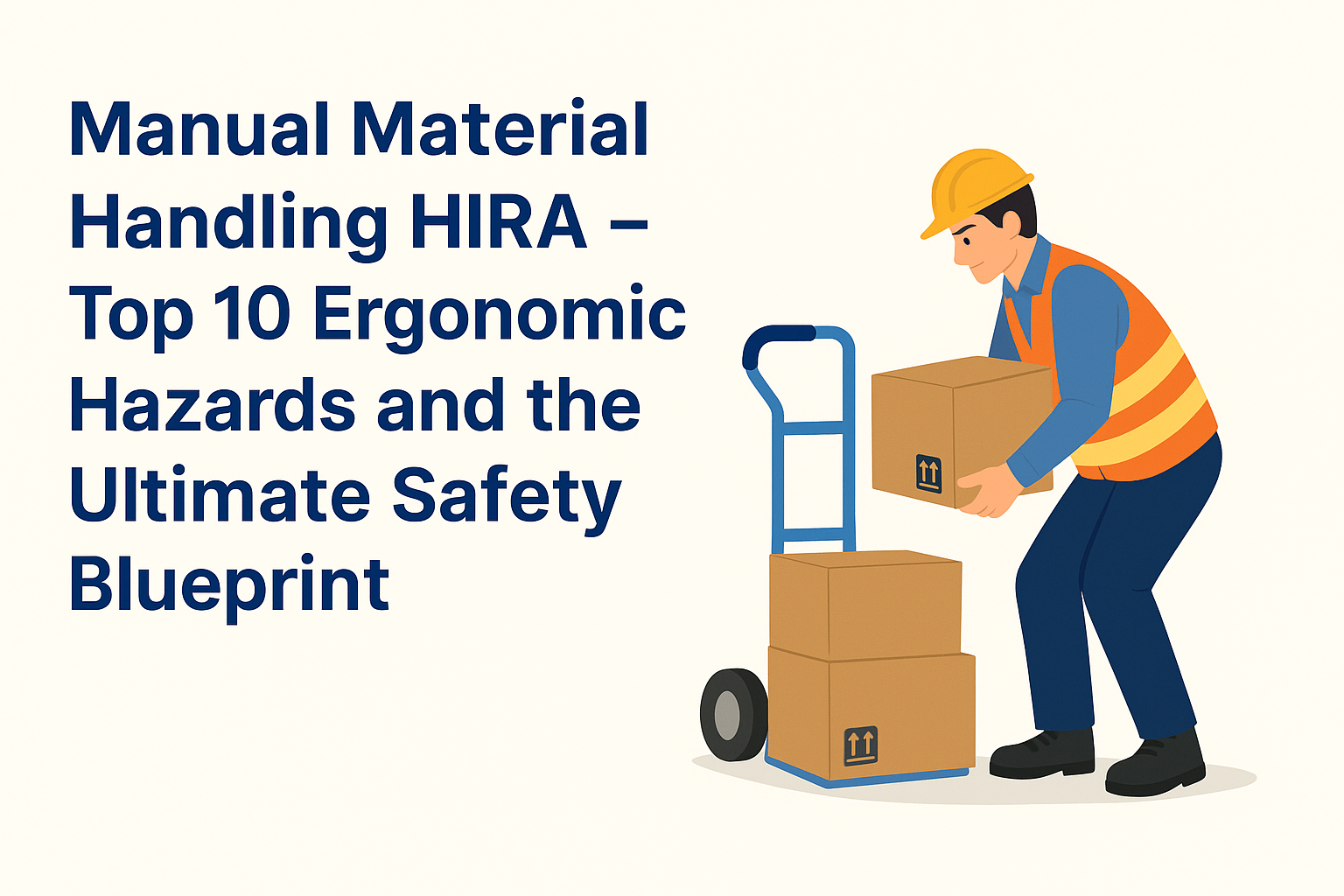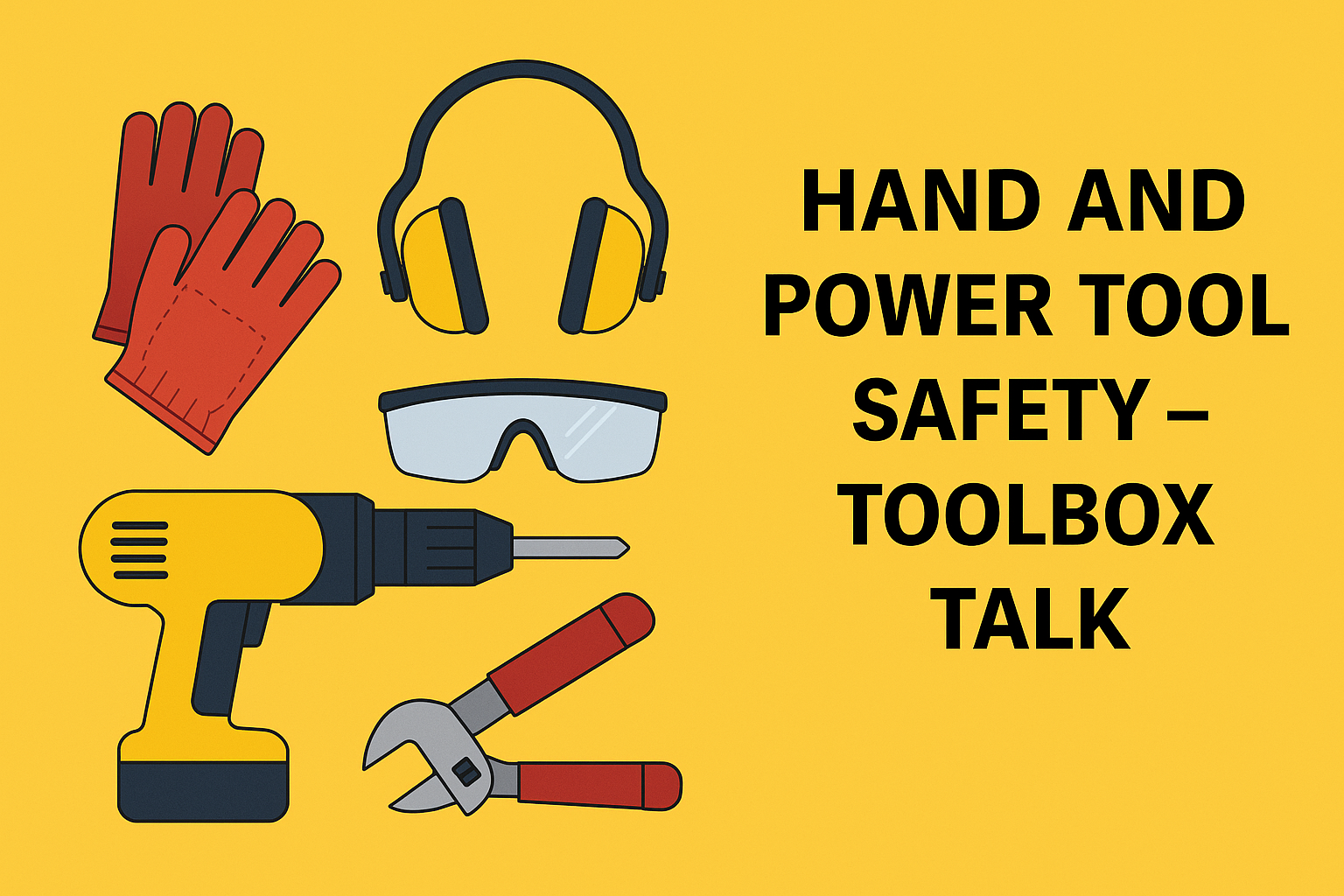
Types of Risk Matrix: 3×3, 4×4 and 5×5
Introduction to Risk Matrices
What Is a Risk Matrix?
A risk matrix is a simple yet powerful tool used to evaluate and prioritize risks based on two key dimensions: the likelihood of occurrence and the consequence or impact. Think of it as a color-coded chart—like a heatmap—that helps you visualize risk levels quickly and easily.
Importance of Using a Risk Matrix in Safety Management
In workplaces where safety is paramount—like construction sites, oil rigs, or chemical plants—a risk matrix can be a lifesaver. It helps safety professionals identify which hazards need urgent attention and which can be managed over time. It’s about making informed, proactive decisions.
Types of Risk Matrices
Based on Matrix Dimensions
3×3 Risk Matrix
This type of matrix features 3 levels of likelihood and 3 levels of severity. It’s simple and perfect for small-scale projects or organizations just beginning their risk assessment journey.
4×4 Risk Matrix
A bit more detailed, the 4×4 matrix allows for 4 likelihood levels and 4 severity levels, offering a balance between simplicity and depth.
5×5 Risk Matrix
The most commonly used format, the 5×5 matrix gives a detailed risk picture using 5 levels for each axis. It’s highly effective in complex projects or environments.
Based on Risk Assessment Method
Qualitative Risk Matrix
This method uses descriptive terms (like “Low”, “Medium”, “High”) instead of numbers. It’s based on expert judgment and is easy to understand.
Semi-Quantitative Risk Matrix
Here, the descriptive levels are assigned numerical scores, adding some mathematical rigor to the evaluation process. For instance, likelihood and severity might both be scored from 1 to 5.
Quantitative Risk Matrix
This advanced matrix uses actual data and precise figures for calculations. It’s detailed and accurate but often requires software tools and expertise.
Deep Dive into Risk Matrix Models
The 3×3 Risk Matrix Explained
When to Use a 3×3 Matrix
It’s best for straightforward scenarios with low hazard variety. For example, a small office assessing electrical and ergonomic risks.
Best Use Case
Small construction sites or projects with limited operations where only a few hazards need to be evaluated.
Example of 3×3 Matrix
| Minor (1) | Moderate (2) | Major (3) | |
|---|---|---|---|
| Unlikely (1) | Low | Low | Medium |
| Possible (2) | Low | Medium | High |
| Likely (3) | Medium | High | High |
Construction Site Scenario: Manual Lifting of Materials
Hazard: Workers manually lifting 25-30 kg cement bags.
- Likelihood: 3 (Likely – task is done repeatedly every day)
- Consequence: 2 (Moderate – potential for back injuries or sprain)
- Risk Rating: 3 × 2 = 6 → High
Action:
Introduce mechanical lifting tools or trolleys. Train workers in proper lifting techniques. Rotate tasks to reduce repetitive strain.
The 4×4 Risk Matrix Explained
Application Areas
Used in medium-risk environments like manufacturing or medium-sized engineering projects.
Best Use Case
Ideal for mid-size construction projects where hazards range from minor cuts to structural collapse.
Example of 4×4 Matrix
| Negligible (1) | Minor (2) | Major (3) | Catastrophic (4) | |
|---|---|---|---|---|
| Rare (1) | Low | Low | Medium | High |
| Unlikely (2) | Low | Medium | High | High |
| Likely (3) | Medium | High | High | Extreme |
| Certain (4) | High | High | Extreme | Extreme |
Construction Site Scenario: Scaffold Collapse
Hazard: Temporary scaffolding near 2nd-floor façade work.
- Likelihood: 2 (Unlikely – regular inspections done but human error possible)
- Consequence: 4 (Catastrophic – fall from height can be fatal)
- Risk Rating: 2 × 4 = High
Action:
Enhance inspection frequency, use double-check protocols, ensure workers use full-body harnesses with lifelines, and conduct refresher training on scaffolding safety.
The 5×5 Risk Matrix Explained
Detailed Structure
This is widely used across industries due to its granularity. It lets you fine-tune risk ratings for large and complex operations.
Best Use Case
Large construction projects such as infrastructure works, oil & gas sites, or skyscraper development where multiple high-risk activities occur simultaneously.
Example of 5×5 Matrix
| Insignificant (1) | Minor (2) | Moderate (3) | Major (4) | Critical (5) | |
|---|---|---|---|---|---|
| Rare (1) | 1 (Low) | 2 (Low) | 3 (Low) | 4 (Med) | 5 (Med) |
| Unlikely (2) | 2 (Low) | 4 (Low) | 6 (Med) | 8 (Med) | 10 (High) |
| Possible (3) | 3 (Low) | 6 (Med) | 9 (Med) | 12 (High) | 15 (High) |
| Likely (4) | 4 (Low) | 8 (Med) | 12 (High) | 16 (High) | 20 (Extreme) |
| Almost Certain (5) | 5 (Low) | 10 (Med) | 15 (High) | 20 (Extreme) | 25 (Extreme) |
Construction Site Scenario: Crane Operation Near Power Lines
Hazard: Tower crane lifting steel beams near live overhead power lines.
- Likelihood: 3 (Possible – even trained operators can make judgment errors)
- Consequence: 5 (Critical – electrocution or fatalities possible)
- Risk Rating: 3 × 5 = 15 → High
Action:
Implement no-go zones around power lines. Use a signalman and proximity warning systems. Conduct job safety analysis before lifting, and ensure ground workers maintain safe distance.
Quick Comparison Table
| Matrix Type | Best For | Example Hazard | Risk Rating Output |
|---|---|---|---|
| 3×3 | Small projects/simple hazards | Lifting cement bags | High |
| 4×4 | Medium-scale projects | Scaffolding failure | High |
| 5×5 | Large/high-risk projects | Crane working near power lines | High / Extreme |
Comparing Different Types of Risk Matrices
Qualitative vs Semi-Quantitative vs Quantitative
Key Differences
- Qualitative: Based on judgment; no numbers.
- Semi-Quantitative: Uses scoring; partially data-driven.
- Quantitative: Based on actual data and probabilities.
Use Cases
- Use qualitative for basic assessments.
- Use semi-quantitative in mid-size operations.
- Use quantitative in highly regulated industries (e.g., aviation, nuclear).
How to Calculate a Risk Matrix
Key Elements: Likelihood and Consequence
To calculate risk, you need:
- Likelihood (how often something might happen)
- Consequence (how bad it would be if it did)
Formula for Risk Rating
Risk = Likelihood × Consequence
For example:
- If Likelihood = 4 (Likely)
- Consequence = 5 (Critical)
- Then, Risk Rating = 4 × 5 = 20
That falls into the “Extreme Risk” zone in a 5×5 matrix.
Real-Life Example
Let’s say you’re assessing the risk of a fire in a warehouse:
- Likelihood: 3 (Possible)
- Consequence: 4 (Major damage)
- Risk: 3 × 4 = 12 → High Risk
You’d then prioritize putting fire safety systems in place immediately.
Benefits and Limitations of Using Risk Matrices
Pros of Risk Matrix Models
- Easy to use and understand
- Visual representation aids decision-making
- Helps prioritize safety measures
Common Pitfalls and Misuses
- Subjectivity in rating
- Oversimplifying complex risks
- Not updating matrix as risks evolve
Conclusion
Risk matrices—whether 3×3, 4×4, or 5×5—aren’t just colorful charts. They’re strategic tools that allow safety officers and project managers to prioritize what matters most: saving lives and preventing incidents. In construction, where risks vary by the hour, choosing the right matrix and applying it to real-world scenarios can dramatically improve site safety. Evaluate your site’s complexity and pick the matrix that gives you both clarity and control.
Risk Assessment & Job Safety Analysis (JSA)
HIRA Vs JSA Explained with 10 Examples of Each
What Is a Risk Matrix? (2025 Guide With Example)
FAQs
1. What is the most commonly used risk matrix?
The 5×5 risk matrix is the most popular due to its balance of detail and usability.
2. How is likelihood defined in a risk matrix?
It represents the chance or probability of an event occurring, often scaled from 1 (Rare) to 5 (Almost Certain).
3. Can a risk matrix be customized?
Absolutely. Organizations often tweak terminology, color codes, and scoring systems to match their operational needs.
4. What tools are used to create a risk matrix?
You can use Excel, Google Sheets, or specialized software like BowTieXP, Safesite, or RiskWatch.
5. What industries commonly use risk matrices?
Risk matrices are widely used in construction, oil & gas, healthcare, aviation, manufacturing, and IT security.
























